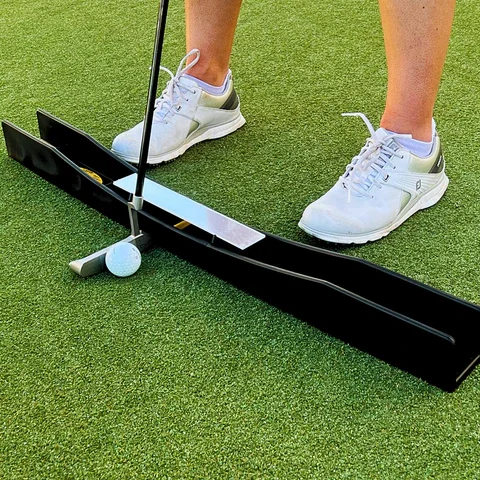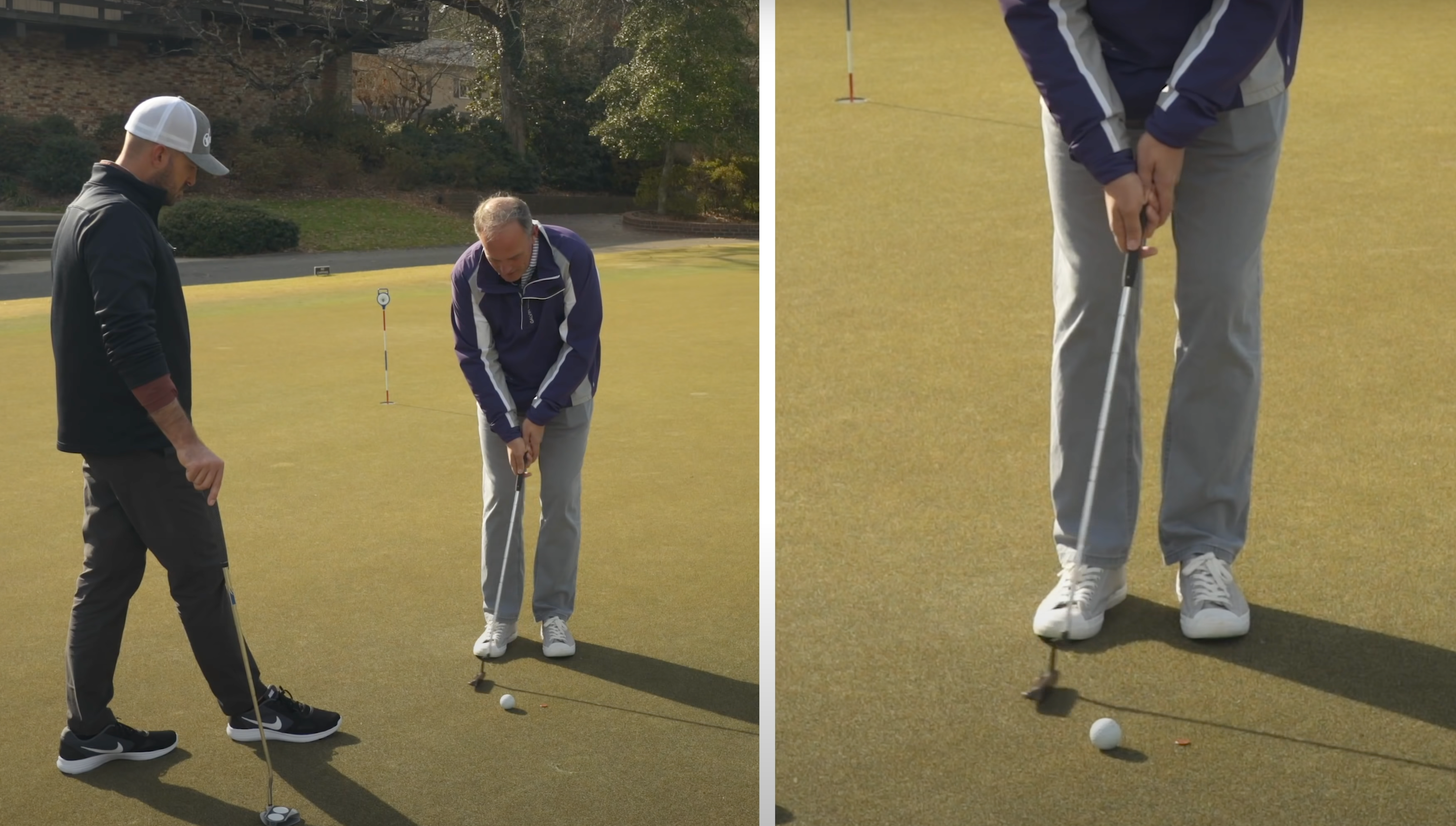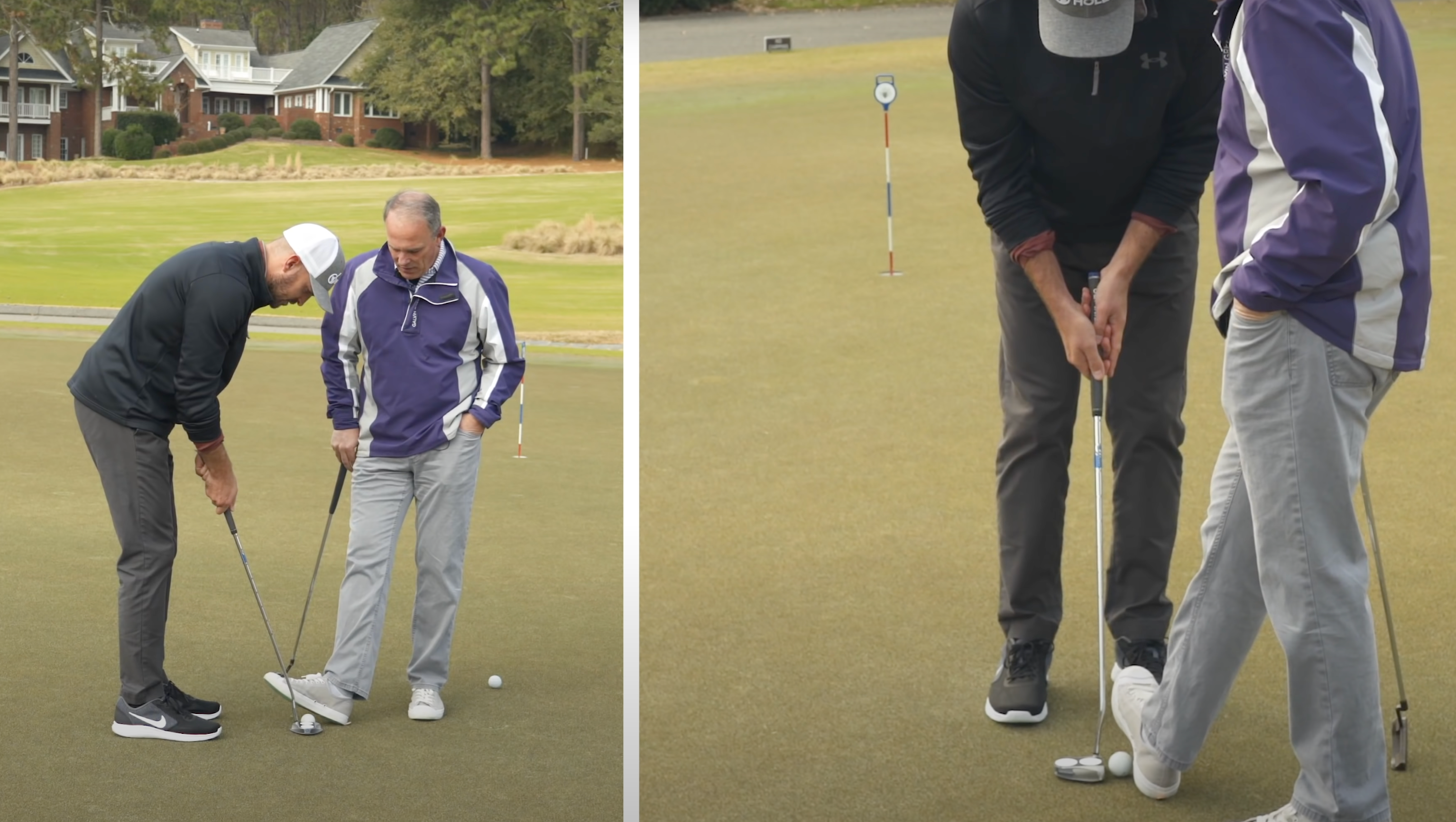Leaving putts short? This common mistake might explain why
- Share on Facebook
- Share on Twitter
- Share by Email

Leaving putts short can be a round-killer, so use these tips for improved play.
Getty Images
InsideGOLF: +$140 Value
Just $39.99
Leaving putts short can be a round-killer, so use these tips for improved play.
Getty Images
Welcome to Play Smart, a regular GOLF.com game-improvement column that will help you play smarter, better golf.
Ask anyone who regularly plays golf with me about my putting game, and a common response will be that I’m notorious for leaving it short. I’m not talking by a foot or two, but, like, really short — as in halfway there on a 12-footer for par.
Considering I’m giving away so many strokes, working on my putting speed is something I’ve focused a lot of attention on as I sharpen my game this spring. And since a few poor putts here or there can be the difference between a good or bad round, I’m going to guess that a lot of you could use some help in this area as well.
For today’s Play Smart lesson, I’ve tapped into the mind of David Orr of Flatstick Academy, who reveals the biggest mistake players make while trying to generate the proper putting speed.
A former GOLF Top 100 Teacher (2019), Orr helps pros like Justin Rose with their strokes, and is regarded as one of the best in the business when it comes to teaching about the flatstick.
In the video above, Orr works with Eric Cogorno, showing him the most common mistake players make when it comes to putting speed — and offers some tips to alleviate the problem.

According to Orr, the number one speed killer in putting is something that most amateurs do regularly: taking too-short of a backstroke, and increasing the acceleration too much as they hit the ball. When a player does this, it’s common to leave the ball short, because it’s more of a pushing motion than a fluid swinging motion.
To fix this issue, Orr suggests taking the following steps.

One of the first thing Orr does with his students is emphasize how to control the length of the stroke.
“On a short putt, we should have a short backswing and a short follow through that mirror each other. They’re symmetrical,” Orr says. “Roughly the same length back as the same length through [the ball] as a general rule.
“If I have a short putt inside of five feet, the putter might not go past my feet and through past my feet.”
Next, Orr says, make sure the backstroke and follow-through mirror one another, which will help keep the center of the swing arc closer to the ball.
“If I took a backswing that’s too long and stopped, the center of the arc is too far back,” he says. “So we learn symmetry to get the center of the arc closer to the ball. That also helps us make sure that the center of the putter is going fastest at impact.
“There’s a lot of good stuff that’s going to happen [when the center of the arc is at the ball]. Peak velocity is going to be there. Hopefully, the face is going to be close to zero. Hopefully, the path is going to be closer to zero.”

For someone like myself, who seemingly leaves every putt over 10 feet short, Orr has a simple reminder: Transfer the energy at the right time for better putting speed.
“The best putters in the world tend to have zero acceleration [on downhill putts],” Orr says. “They’re not accelerating, and they’re not decelerating.
“Uphill, because they have to add a little more force, there might be acceleration at zero, or just slightly above. But they’re not stepping too hard on the gas pedal — you have to learn when to step on the gas and when to step on the brake.
“Understand where the work is done; both during the backstroke, and the transition in the downstroke.”
By incorporating Orr’s tips, amateurs struggling with putting speed will begin to see better contact. So instead of only hitting a 12-foot par putt halfway to the cup — leaving yourself another six feet to save bogey — you’ll have more stress-free tap-ins.

Golf.com Editor